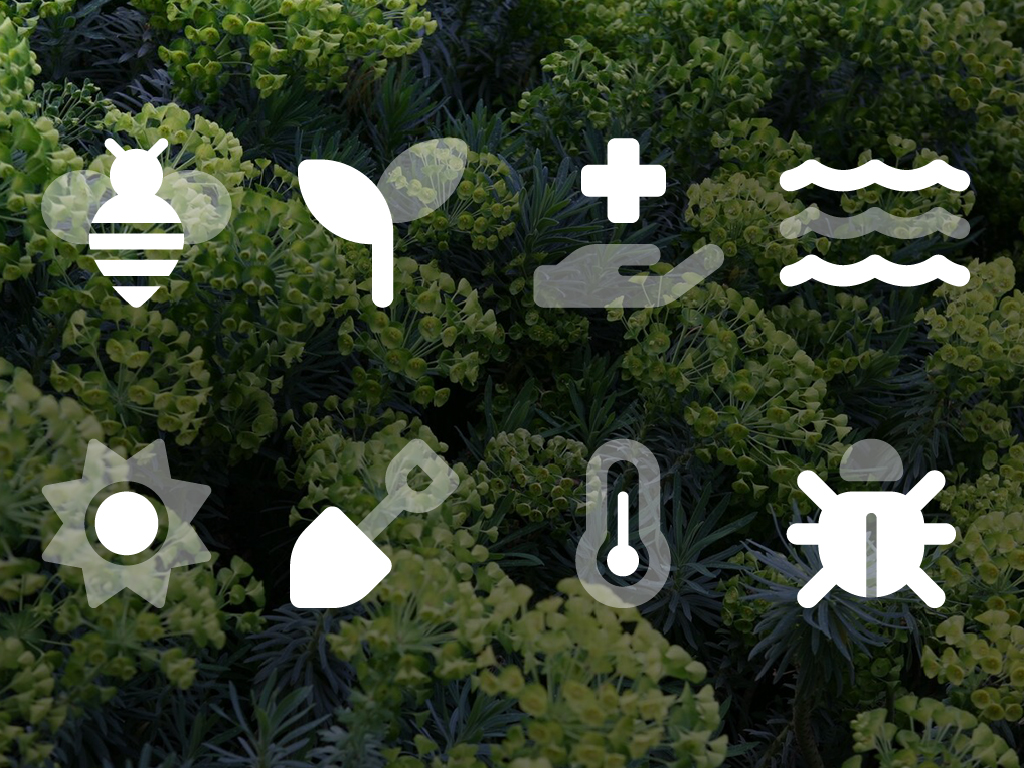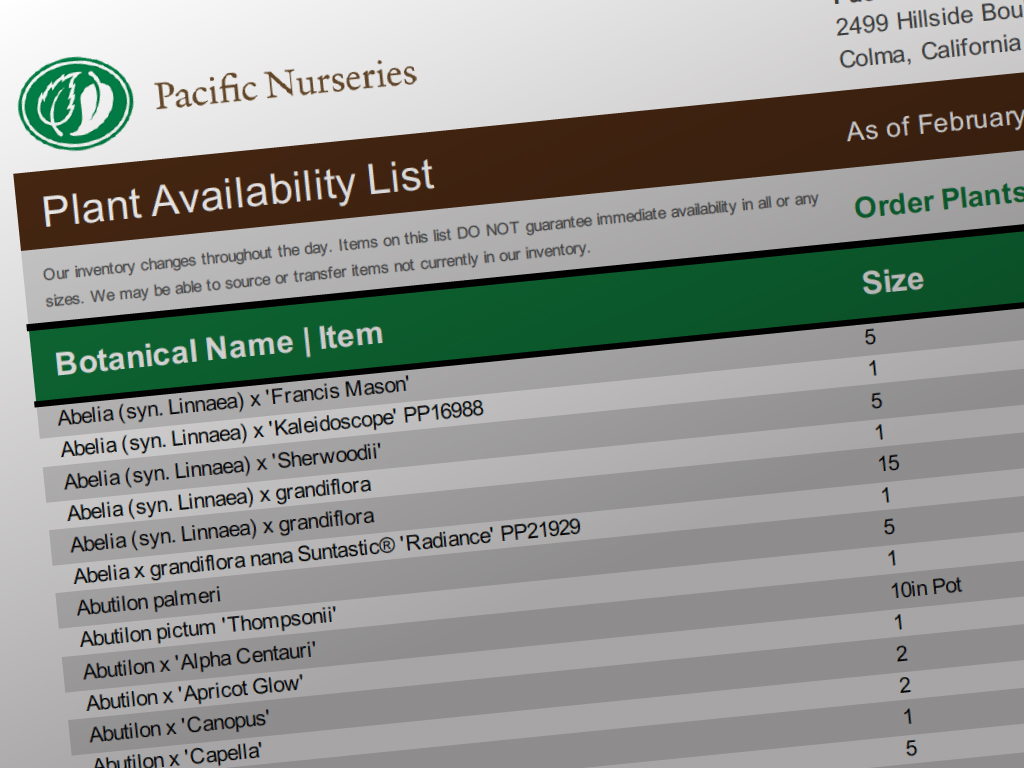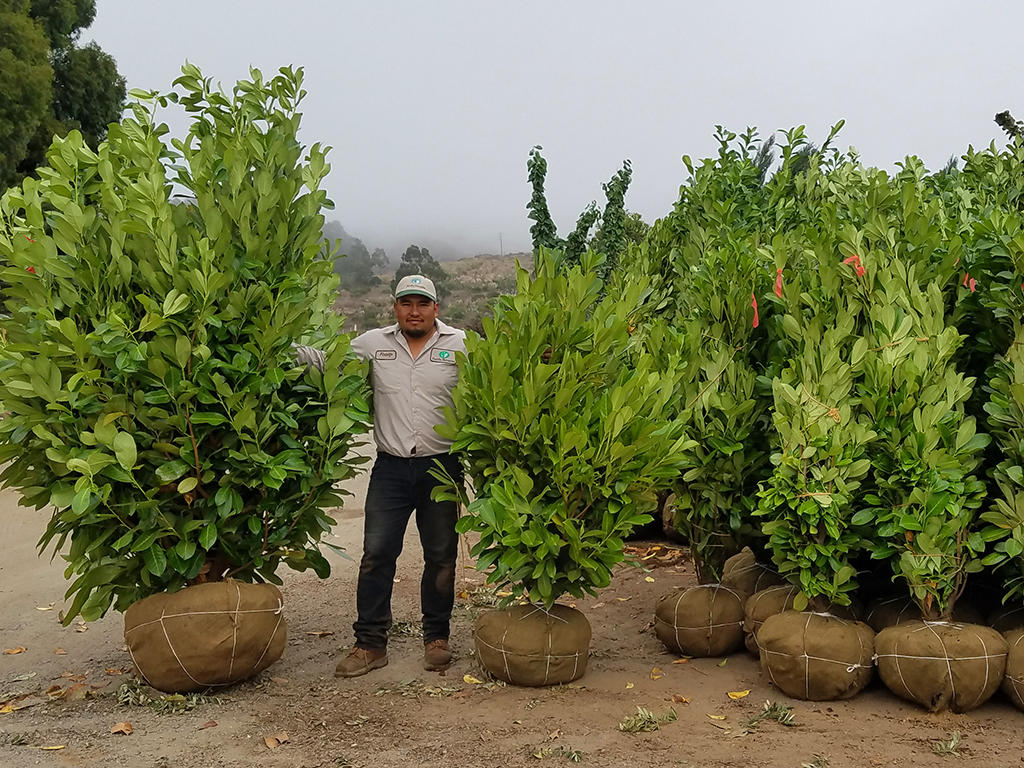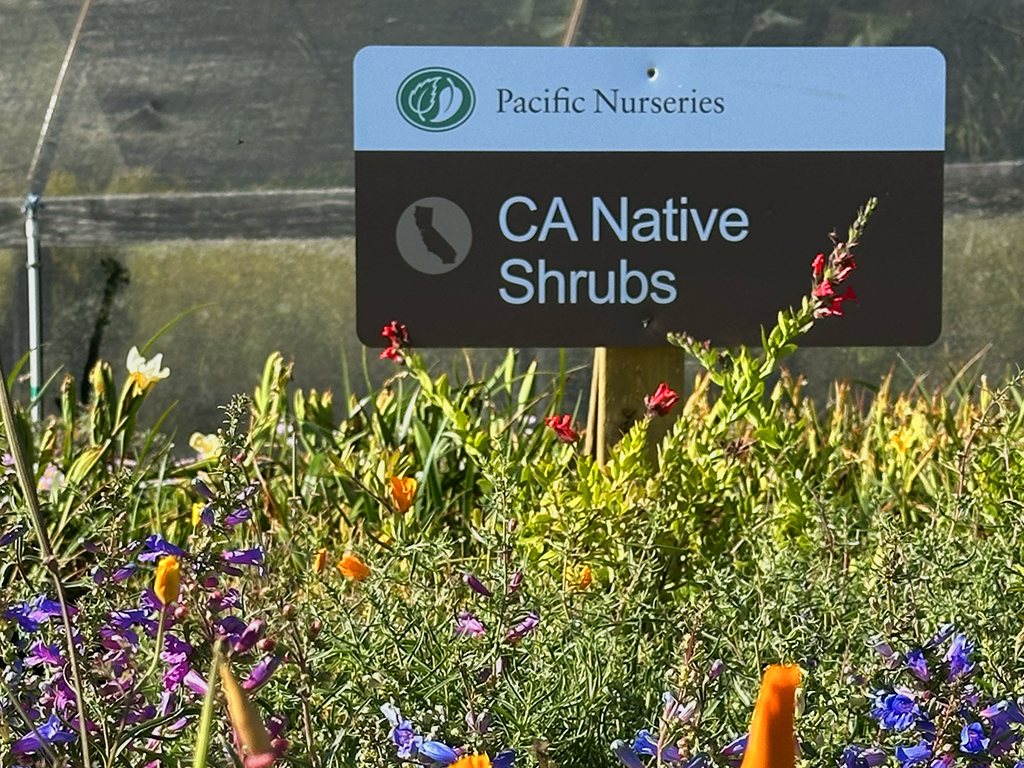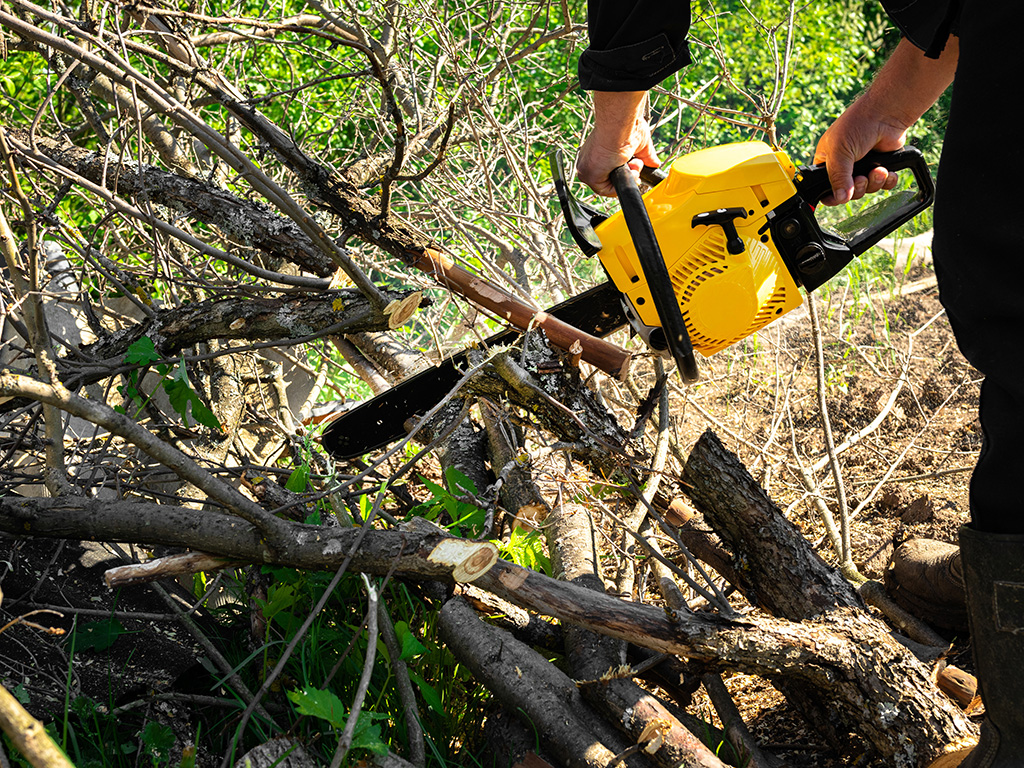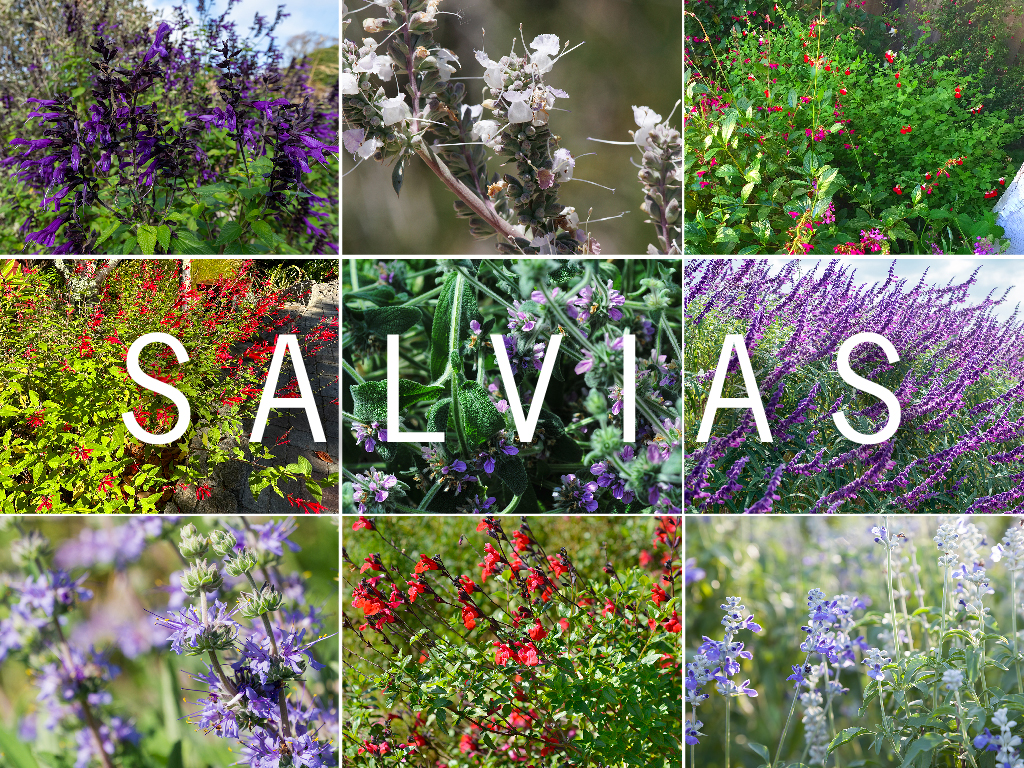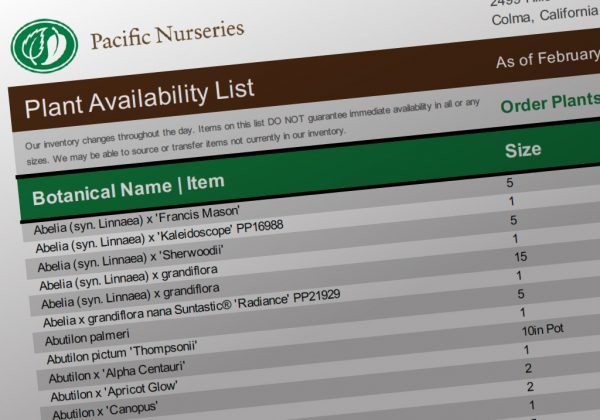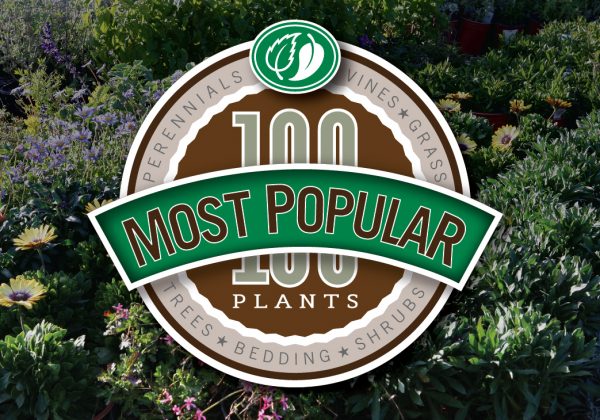As a Bay Area Landscape Pro, your customers turn to you to create and sustain beautiful, functional landscapes.
This work almost always includes selecting plants that need to perform and look their best. But do you know what impacts plant success in your project?
A review of 8 essential components can help you:
- avoid unforeseen problems
- reduce high-maintenance nightmares
- create more satisfied clients
Plant success relies on balance
A landscape can be both beautiful and sustainable with aesthetic attraction and functional balance. And for plants to thrive here in the Bay Area, whether in a natural ecosystem or a in highly designed environment, the interrelationships between a combination of key components need to be considered, aligned, and satisfactorily addressed. Below are the most essential elements that will impact the success of your plants.
1. Sunlight

Plants need adequate sunlight for photosynthesis. The amount and quality of light determines growth rate, flowering volume + frequency, and overall specimen health.
Chlorophyll, the pigment responsible for plants’ green color, is produced in response to sunlight. Without enough light, chlorophyll production decreases. Plants can turn yellow, with chlorosis reflecting poor health. Too little sunlight causes shade stress, leading to slower growth and weaker structure.
Conversely, too much direct sunlight can cause sunburn or scorching on leaves, damaging cells and tissues.
Shade-tolerant plants can play an essential role in providing needed contrast, texture, and interest in garden areas that can sometimes be neglected or overlooked. Many shade plants also provide aesthetic design benefits of dramatic structural forms, colorful blooms, and unusual leaf sizes.
DO
Select plants that require sun to be summer-dry tolerant
DON’T
Install plants with low light requirements in strong sun
2. Water
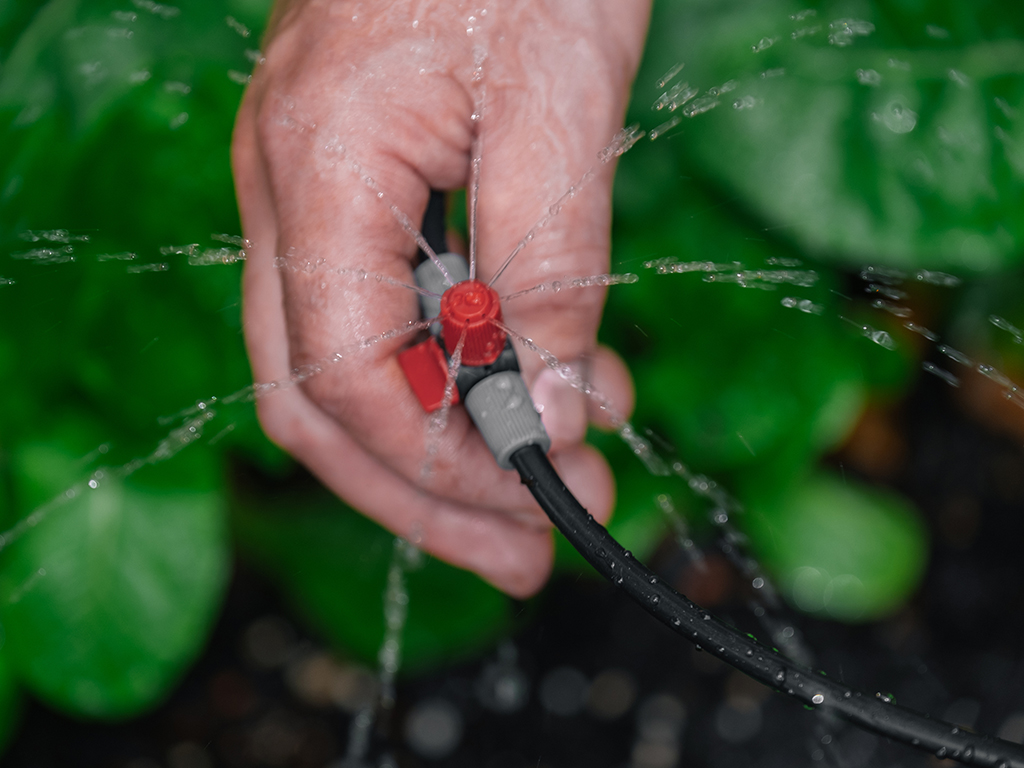
Plants need water to transport nutrients, maintain structure, and perform photosynthesis. The right balance of moisture levels is crucial for plant success. Too little water leads to drought stress, while too much can cause root rot and exposure to disease.
The objective of managing water wisely in the landscape is to maintain just the right balance of oxygen and water so that plants look great and remain healthy as microbes in the soil continue to provide essential nutrients that fuel plant life.
Bay Area Landscape Pros can avoid many water-wasting mistakes. Efficient irrigation, for example, ensures every drop of water applied to the landscape remains there for the benefit of the plants. By using soil moisture sensors and weather-based “smart” irrigation controllers, low-flow spray nozzles, and drip irrigation, you can sustain landscape health without wasting precious water.
Today, with the rising impact of climate change and the frequency of drought in the Bay Area, it’s more important than ever to select and integrate water-wise plants for your projects.
Many California Native plants have adapted over time to allow them to survive summer-dry and drought conditions with minimal water. CA native plants are also important because they provide biological diversity for surrounding ecosystems. As a result, for reducing water use, sequestering carbon, and enhancing ecosystems that support local wildlife and habitat, CA native plants are hard to match.
DO
Install smart irrigation controllers, drip irrigation + low-flow emitters
DON’T
Select plants that require lots of water
“CA Native Arctostaphylos are summer-dry tolerant and are well suited for xeriscapes and water-conscious landscapes. They’re an excellent choice for clients looking to reduce their water consumption.”
Viola Toniolo | The Garden Route Company
3. Soil Quality
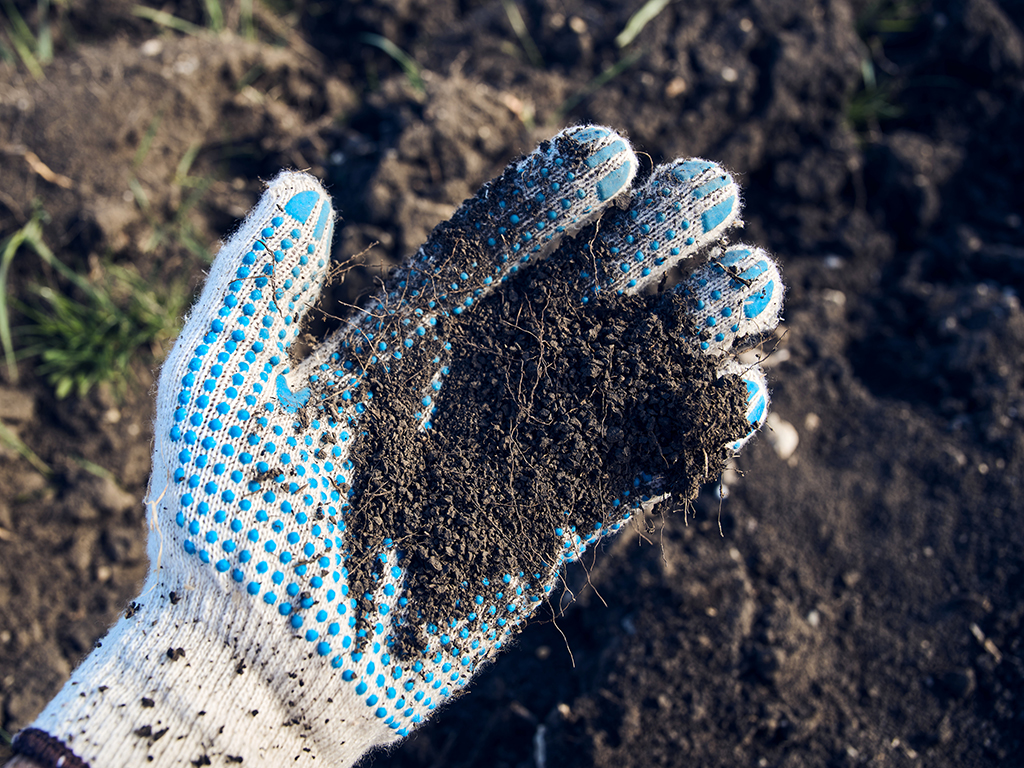
Three essential interacting elements need to be available for healthy landscape soil. When balanced, billions of microbes work in concert with the roots of plants to transform unhealthy dirt into living, growth-promoting soil.
These elements include:
- Oxygen | for plant roots + soil organisms
- Water | for both plants + soil microbes
- Microbes | bacteria, fungi, protozoa, nematodes, fungi, excretions for plant nutrition
According to the Watershed Approach to Landscape produced by the Green Gardens Group, plants act like microbe farmers, attracting microbes to their roots by feeding them carbon. Plants know what they need to grow strong and stay healthy. They can even target members of the microbial community with specific compounds to get what they need at the exact time when they need it.
The acidity or alkalinity of soil—Soil pH—affects nutrient availability and microbial activity. Good soil structure allows roots to penetrate easily and access water and life-sustaining nutrients.
Together, the billions of soil microbes in healthy soil all need water and oxygen to successfully support plant life. The result is a lot of continuous interaction between these components which creates minuscule air pockets and an optimized environment for nurturing plants and successful growth.
There’s no better way to conserve water and sustain landscape investments than by adding compost to the soil and topping it off with generous amounts of mulch. Mulch protects soil and plant roots from temperature change. It also keeps moisture in by slowing evaporation from the surface of the soil while reducing weed sprouts and preventing sunlight penetration of the soil surface.
DO
Amend soil with plenty of compost + top with mulch
DON’T
Just plant in unhealthy soil + pray for success
“Time and effort is required to turn unhealthy soil into a living sponge that will support plants and create a healthy, sustainable landscape.”
Pamela Berstler | G3LA, LLC
4. Growth Habit
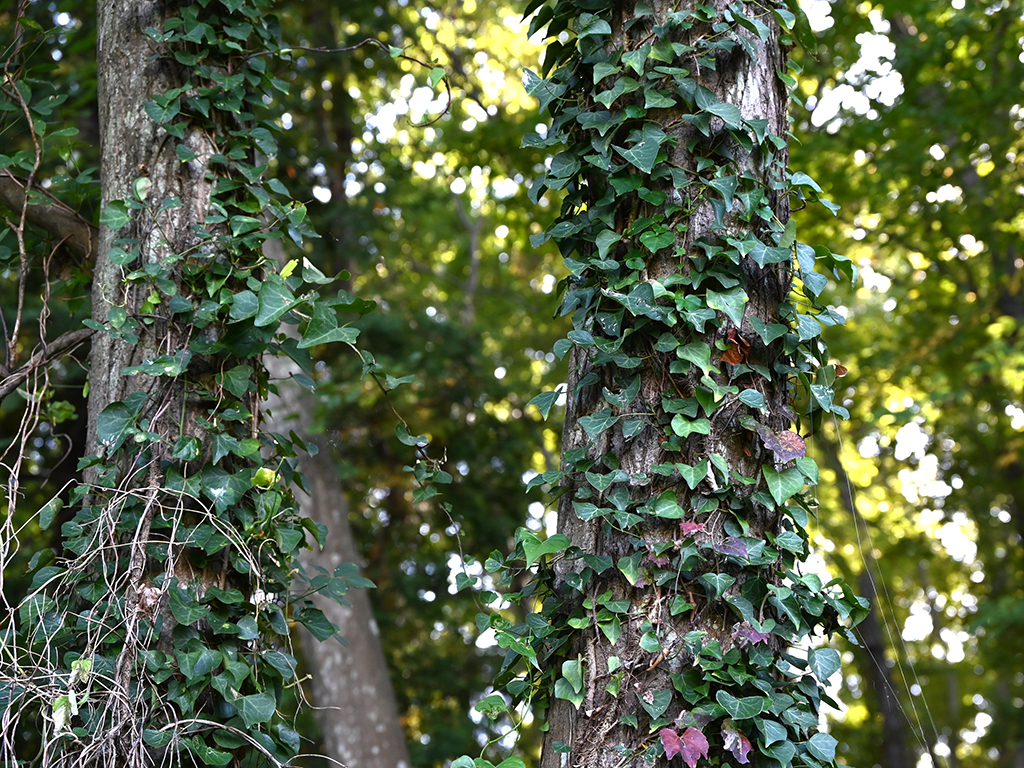
Some plants spread rapidly, while others grow tall and remain compact. Therefore, it’s important to select plants based on their specific needs for sunlight, water, and space.
A plant may look small or invisible when first installed. But without understanding its mature size and form, you can create a time bomb that can disfigure a landscape design or worse, kill surrounding plants.
When you integrate generous spacing between plants, fuel concentration and fire spread potential is reduced. By grouping plants with similar requirements together, you can also minimize resource use and maintenance. Plan for plant growth habits and requirements to create a layered, living canvas that will provide organizational structure and seasonal beauty to a landscape environment.
Installing plants in an inappropriate location can have very rapid and visible consequences. They can wilt or suffocate due to inadequate water or light. Or they can overwhelm nearby plants and trees with rapid growth, preventing adequate sunlight and nutrients or smothering adjacent plants.
With considered and informed plant selection, you can avoid a landscape trainwreck by understanding each plant’s growth requirements and habits before it goes into the ground.
DO
Provide adequate space between plants
DON’T
Overcrowd + overwhelm adjacent plants
5. Pollinator Support
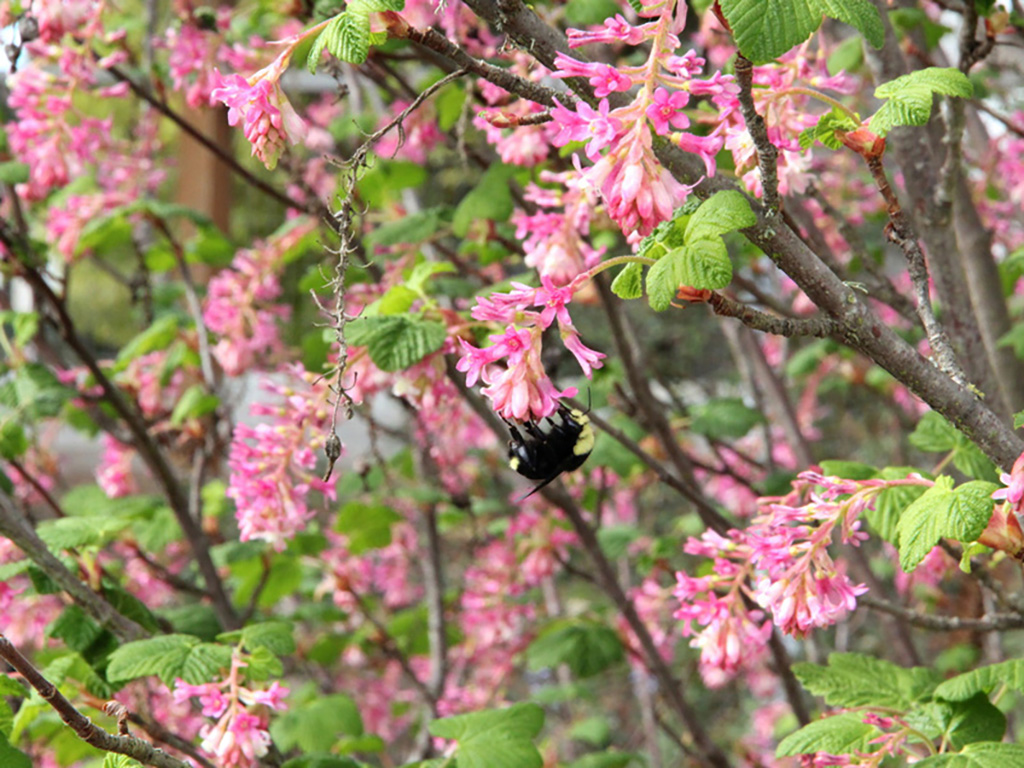
Virtually all flowering plants need help with pollination. As a result, Bay Area Landscape Pros need to provide pollinator support in their projects.
Pollinators provide essential reproductive services to hundreds of thousands of different plant species and crops. Plants that attract effective pollinators or have mechanisms for self-pollination have a higher chance of successful reproduction. If pollinators are present, germination rates increase, and seedling survival improves, and plant populations are sustained.
Birds, bats, butterflies, moths, flies, beetles, wasps, small mammals, and most importantly, bees are the primary pollinators that provide this essential, life-sustaining service to our Bay Area environment. These pollinators visit flowers to drink nectar or feed off of pollen and transport pollen grains as they move from spot to spot.
All life on earth is dependent on our essential pollinators—including here in the Bay Area. The natural, regenerative process of pollination provides huge benefits that include enabling the growth of edible fruits, vegetables + nuts, preventing soil erosion, and increasing carbon sequestration.
DO
Choose pollinator-friendly plants to support their life-sustaining work
DON’T
Dismiss pollinator attraction in plant selection
“By embracing pollinator-friendly land management practices and providing native plant habitat, Bay Area Landscape Pros can promote and support the critical work of pollinators.”
Kelly Rourke | Pollinator Partnership
6. Temperature Tolerance

Every plant has an ideal temperature range for growth. Extremes in temperature can inhibit growth or cause long-term damage.
Sunset Climate Zones provide a detailed and region-specific system for selecting plants based on their climate adaptability—particularly temperature. Unlike the USDA hardiness zones, which focus primarily on winter minimum temperatures, Sunset Climate Zones consider a broader range of factors, including geographical microclimates, temperature extremes, frost, heat tolerance, rainfall, humidity, and more.
Here in the Bay Area, we have a wide variety of microclimates and seven Sunset climate zones. Each is influenced by proximity to coastal marine areas, warm thermal belts in coastal foothills, hot inland valleys, and deep interior areas with extreme summer heat and chilling winter frost.
Every one of these unique areas can be just the right environment for the right plant or tree. By understanding the location attributes and considering each plant’s temperature tolerance, you can improve the outcome of your project.
If you don’t get this right, you’ll subject your plants to poor performance, pests or disease, and visible signs of stress. More than likely, the result of these conditions will first appear on your client’s face when they see you in their challenged garden.
DO
Select plants appropriate for your temperature zone
DON’T
Install plants where their growth requirements are compromized
7. Pests + Disease
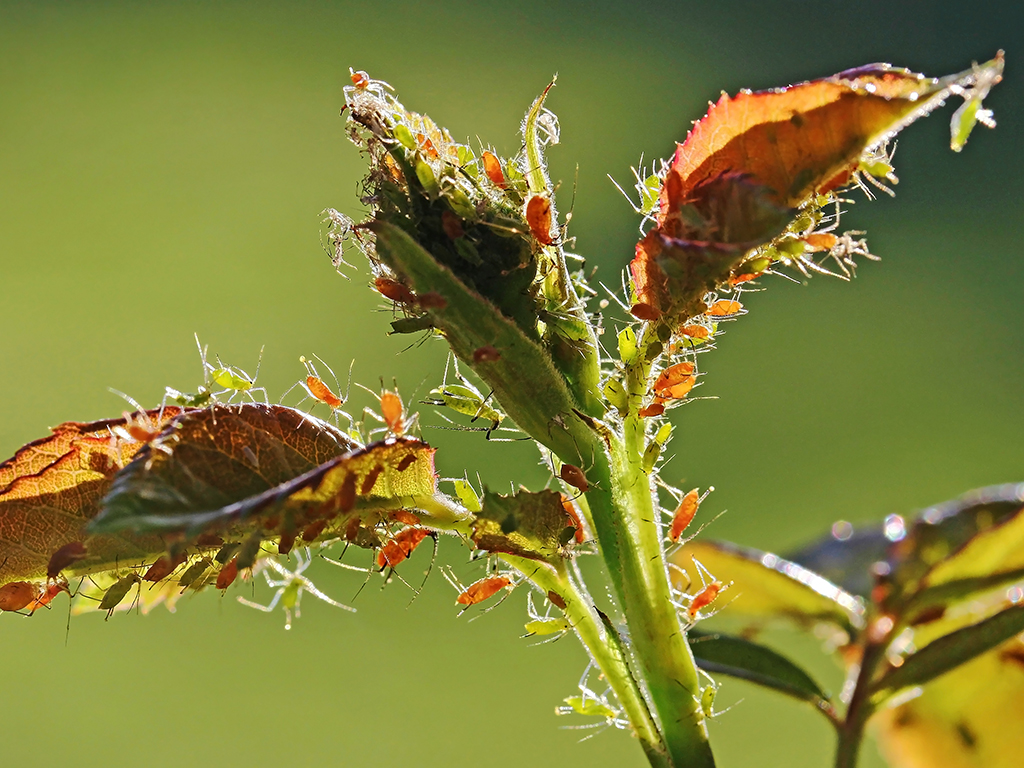
When plants are healthy and disease-free, they’re more likely to survive and thrive. But when plants are stressed, for example by lacking water or receiving inadequate sunlight, they are weakened and become more susceptible to pest infestation or disease.
Physical traits, like thick bark or waxy leaves, or natural chemical defenses that produce toxins can help plants with resistance to pests and diseases. The result is a survival advantage. In addition, plants that can adjust to variations in climate, drought, flooding, and temperature fluctuation are more likely to succeed. This includes specimens that can grow successfully in a variety of soil types and conditions.
According to UC Davis, Integrated Pest Management | IPM is an ecosystem-based strategy that focuses on long-term prevention of pests or their damage through a combination of techniques such as biological control, habitat manipulation, modification of cultural practices, and use of resistant plant varieties.
When IPM is implemented, pest control methods and materials are selected and applied to minimize risks to human health, beneficial and nontarget organisms, and the environment. IPM programs are designed and composed of cultural, biological, mechanical, and chemical control methods. The most effective, long-term way to manage pests is to use these combination methods, which work better together than separate, single solutions.
A few aphids or caterpillars will feed the birds, but a massive pest infestation requires strategic action or remediation. This can include removing diseased plant material, washing off unwanted insects with water, spraying them with compost tea, or using natural solutions that suffocate them. Spreading worm castings and mulch can also be effective in reducing pest spread.
DO
Choose plants with natural disease resistance
DON’T
Encourage pests or disease by planting in inappropriate locations
“I use Salvias primarily for form and color but also for disease and pest resistance. Problem areas can simply be pruned away and often salvia will “outgrow” the problem and quickly look great again.”
Britt Callaway | Callaway Landscapes
8. Care + Maintenance
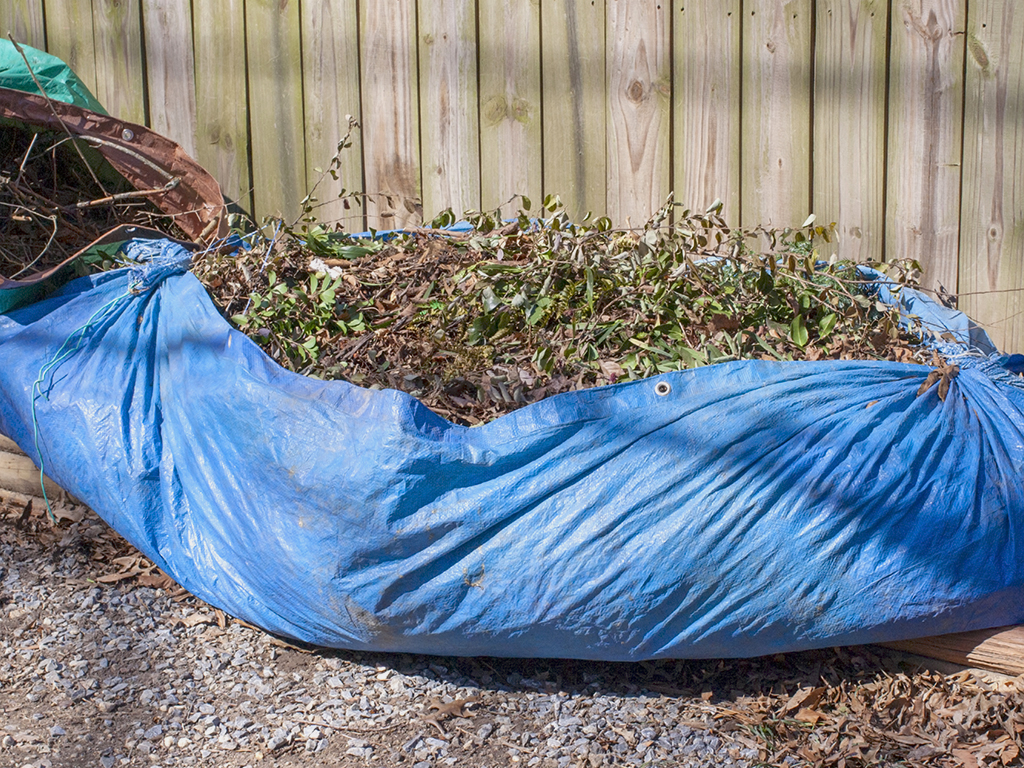
Before you install any plant in the ground, consider the long-term care requirements of each specimen.
California native and summer-dry tolerant plants play a unique and vital role in providing cover, nesting materials, and additional food sources for wildlife. Native California grasses, for example, provide aesthetic design benefits of contrast, loose structural form, and interesting leaf variety. Best of all, they’re unmatched for their graceful, flowing movement throughout the seasons.
Even better, these amazing plants can help address climate change and rising temperatures from greenhouse gas emissions. With rising threats of drought and inconsistent rainfall with reduced water availability, dismissing fire-safe landscaping is no longer optional for Bay Area Landscape Pros. It’s mandatory. That’s because increasing urban area firestorm vulnerability demands thoughtful and considered plant selection that will reduce ignition risk.
Combining CA Native trees with other native plants in a Bay Area landscape can provide unmatched ecological, aesthetic, and practical benefits.
As one of the most effective Carbon Sequestration tools in our environment, California native trees can remarkably absorb high volumes of carbon dioxide, which mitigates the very real and accelerating effects of climate change. Their presence in a Bay Area landscape fosters environmental health by improving air quality. What’s more, CA Native trees contribute to water management by intercepting rainfall, reducing runoff, and replenishing groundwater.
CA Native trees can also create microclimates and regulate temperatures by providing shade and cooling air. The result makes outdoor spaces more comfortable and can reduce the need for artificial cooling and use of expensive energy in nearby structures. Trees can also act as windbreaks, protecting more delicate plants by creating sheltered areas within a landscape. This function is particularly valuable in open or exposed locations with strong sun conditions.
While no landscape is maintenance-free, California native plants require significantly less time and resources for care than other plants. Native plants do perform best with some attention and care. However, they use less water, require little to no fertilizer or pesticides, and require less pruning and time for maintenance.
DO
Choose CA Native plants to reduce resource use + maintenance
DON’T
Dismiss how plants work together to support their health
“California native trees provide unmatched beauty and benefits throughout the year in just about any Bay Area landscape. That includes low maintenance. Typically fire-resistant and always summer-drought tolerant, CA native trees enrich both our lands and our lives.”
Christopher Young | 1BAY
By paying attention to the eight essential qualities we’ve outlined above, you will directly impact the success of your plants. Even better, you’ll improve the opportunity to create the beautiful, sustainable landscapes that your clients are looking for.
Ready to add the right plants to make your landscape project a success?
If you want to learn more about selecting the right plants to improve your project outcome, contact any of our Customer Service experts by clicking on the PHONE icon below their name to call. Or click on the ENVELOPE icon below their name to email them directly. You can also give us a call at 650.755.2330. If you want to know what plants are available right now, check out our Plant Availability List. This list is updated weekly and includes all of the plants and sizes that you can pick up at our Colma Growing Grounds or schedule to have delivered to your job site.
If the plants that you want are not on our list, we’ll do all that we can to get them, when you need them.
As both a grower and a plant broker, we’re ready to work with you to provide just the right plants—including CA natives—that will make your project a success with your clients.
We can also provide an Estimate for one item or for an entire installation. Just attach your Microsoft Excel .xlsx plant list to our ONLINE ESTIMATE | ORDER FORM.
As Chief Executive Officer of Pacific Nurseries, Will Baldocchi focuses on operations management, sales, and how to improve the customer experience at Pacific Nurseries. He also continues a proud family tradition of helping Bay Area Landscape Professionals succeed with high-quality landscape material and great service. Email Will or give him a call at 650.755.2330.

